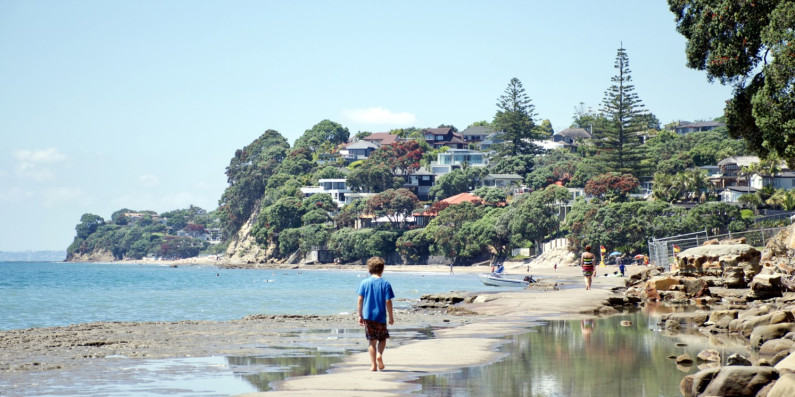Local Government Steering Group
The Ministry is continuing to work with the Local Government Steering Group (LGSG) and we welcome the new members who have joined the group.
As we progress to transition and implementation, we are working with a subgroup of the LGSG to establish an operational group focused on implementation of the SPA and NBE Bills – a Local Government Implementation Group (LGIG). We will work with the LGIG to identify priority projects that will support implementation of the new legislation. We will provide further information shortly, as arrangements are confirmed.
First group of regions to transition to the new RM System
Implementation of the new resource management system is a complex and far-reaching project that could take up to 10 years to complete.
Supporting some regions to transition to the new system first will activate the new system promptly, as well as provide opportunities to shape how it is implemented.
The Ministry for the Environment will provide funding, technical support and guidance to up to three ‘first tranche’ regions to establish their regional planning committees, and then develop the first regional spatial strategies and natural and built environment plans.
Regions participating in the first tranche will be able to access funding and support to move to the new system, build regional capacity and capability to operate in the new system, be leaders in its implementation and influence implementation support design for regions that follow.
The Ministry has been engaging with iwi and local government in several North Island regions including Taranaki, Hawke’s Bay and Tairawhiti in the North Island around the FTR opportunity.
MfE is keen for South Island regions to participate in first tranche regions, we have provided information and look forward to progressing FTR discussions soon.
Scoping FTR (up to 6 months) will help regions to explore what is required to get work in the new system underway and what support may be needed from central government.
Taking part in the supported scoping exercise does not commit a region to being in the first implementation tranche. However, councils, iwi and post-settlement governance entities will need to agree to proceed as a first tranche region.
The next phase after scoping will involve working towards confirming the first tranche regions. This will follow enactment of legislation, anticipated mid-2023.
Regional hui
The Ministry has held a number of regional hui over the past 5 weeks, with more to come by the end of May. To date our resource management teams have met with hapū and iwi in Tauranga Moana, Tauranga, Tai Tokerau, Kerkeri, Te Tairāwhiti, Gisborne, Mātaatua, Whakatane as well as holding a number of online hui. What is clear is that ongoing korero and partnered engagement remains the key. We will be able to give a more detailed summary in our next newsletter.
